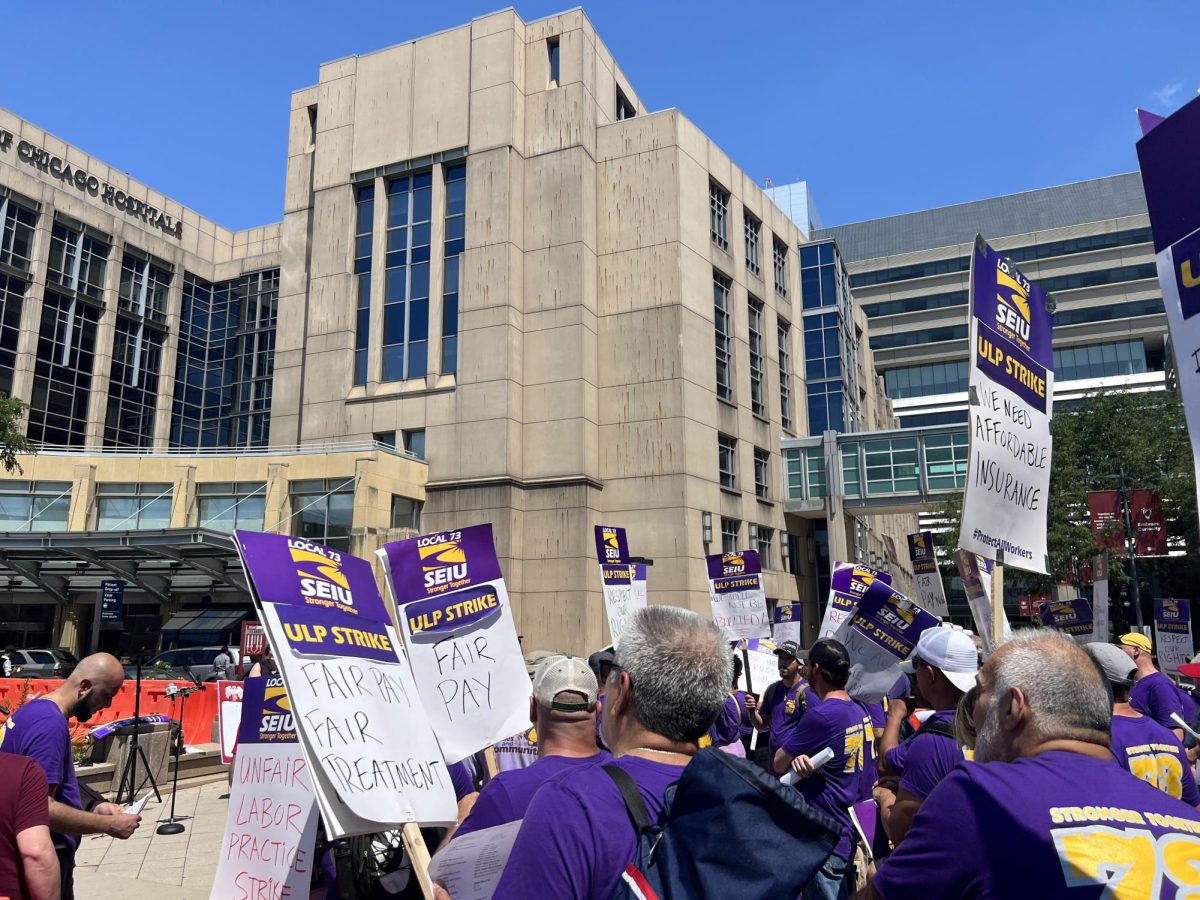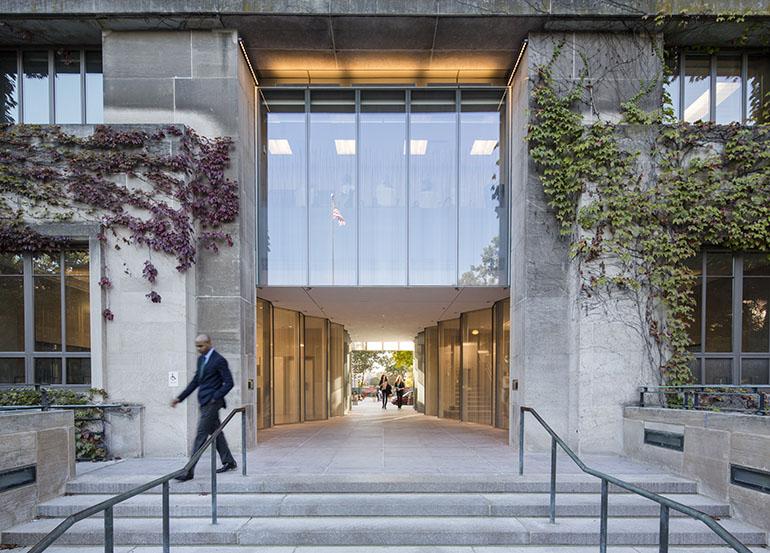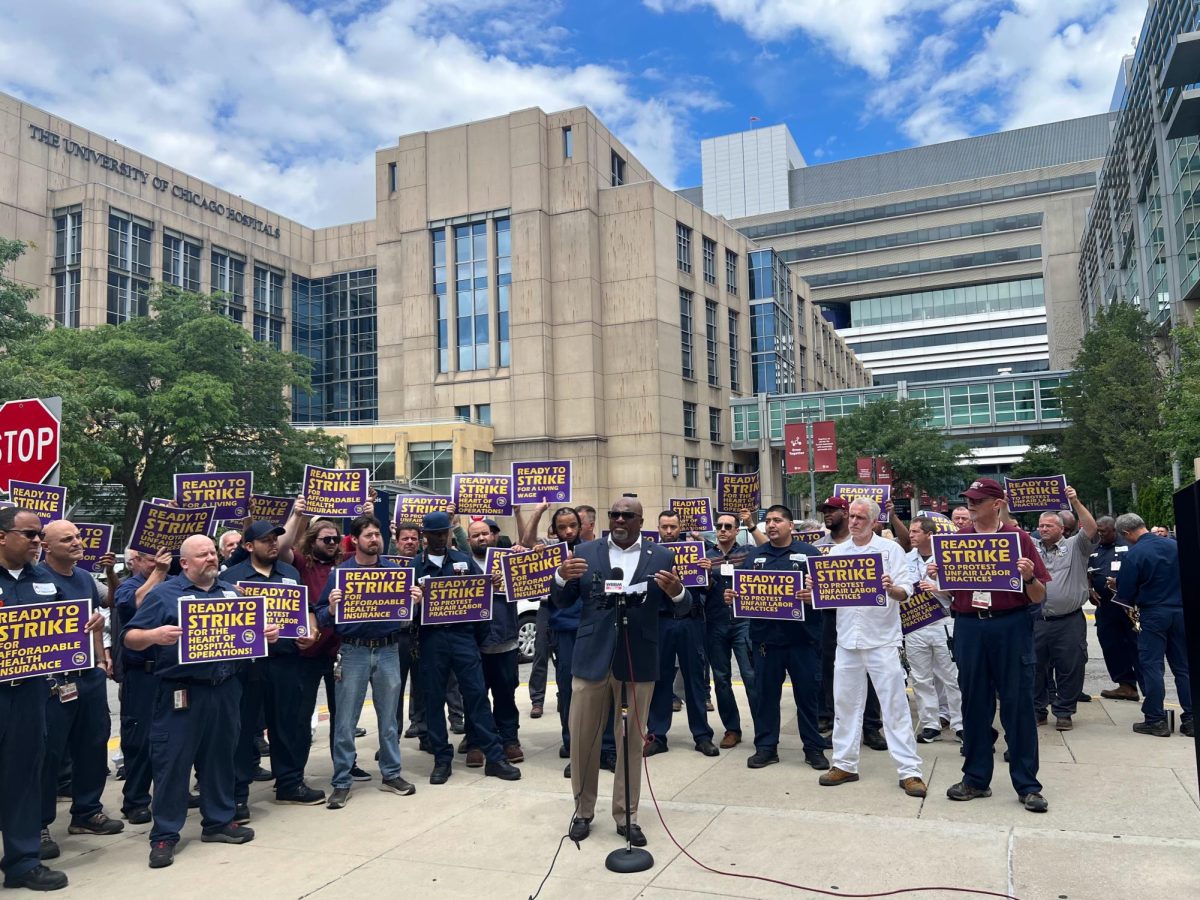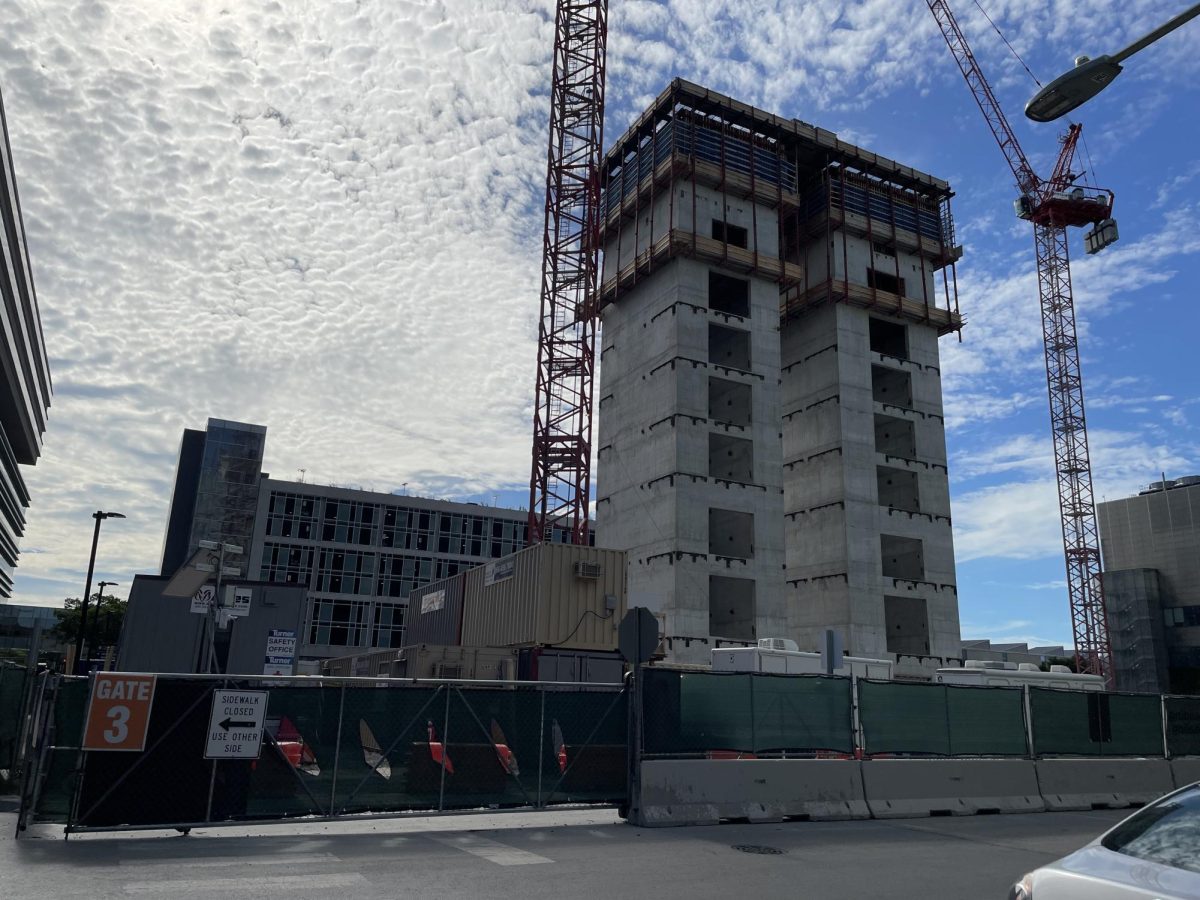Pleats, usually associated with the world of fashion, have found their way into the field of theoretical physics through the discoveries of University of Chicago physicist William Irvine.
Last month, Irvine and colleagues published findings in Nature, a leading international science journal, showing that curved spaces can develop scarred defect patterns in crystals that are analogous to fabric pleats. The study, a collaboration with Professor Vincenzo Vitelli of the Insitituut-Lorentz and Professor Paul Chaikin of New York University, will allow for deeper exploration into the theories of defects in curved spaces.
The results yield practical results like the possibility of engineering structures with curvature, like wasted nanotubes. Irvine’s findings also apply to the development of methods for soft lithography and self-assembly.
“Crystals on spheres have been studied before but not on negative curvature like that found in capillary bridges,” Irvine said.
Irvine investigated the crystal order on surfaces of positive and negative curvature. He discovered that pleats might relax the curvature as they create uncharged lines of dislocation, vanishing on the surface like fabric pleats.
“The question we asked ourselves is— what happens when you put something that is on flat space onto curved space?” said Irvine, explaining the genesis of the research. “Think of what happens when you put a sticker on a curved surface—it creates defect patterns.”







